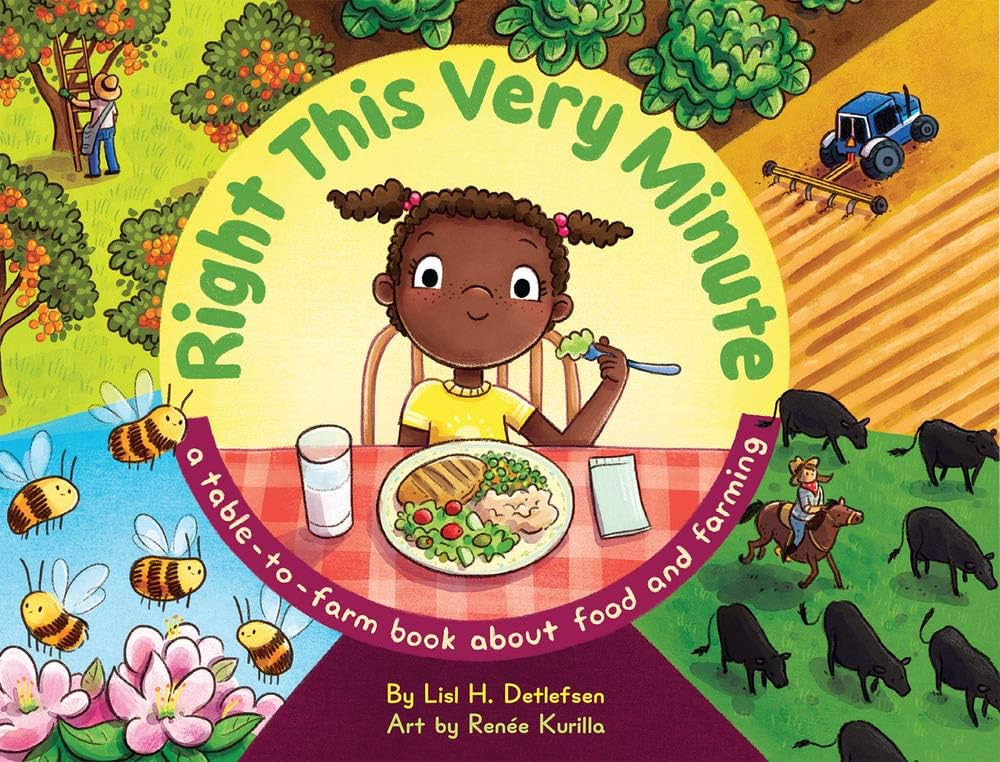Background
Lesson Activities
Recommended Companion Resources
Credits
Author
Mandi Bottoms and Molly Wong | California Foundation for Agriculture in the Classroom
Acknowledgements
Engage section adapted from the lesson Many Types of Farms developed by New York Agriculture in the Classroom.
Standards
National Content Area Standards
- Social Studies – Geography
- Geography Standard 15 (Grades K-2): How physical systems affect human systems.
- Objective 1: The physical environment provides opportunities for and imposes constraints on human activities.
- Geography Standard 15 (Grades K-2): How physical systems affect human systems.
- Science
- K-ESS2: Earth's Systems
- K-ESS2-2: Construct an argument supported by evidence for how plants and animals (including humans) can change the environment to meet their needs.
- K-LS1: From Molecules to Organisms: Structures and Processes
- K-LS1-1: Use observations to describe patterns of what plants and animals (including humans) need to survive.
- Pre-K Scientific Inquiry P-SCI 1: Child observes and describes observable phenomena (objects, materials, organisms, and events).
- P-SCI 1-3: Describes observational phenomena using adjectives and labels, such as lemons taste sour and play dough feels sticky.
- P-SCI 1-4: Represents observable phenomena with pictures, diagrams, and 3-D models.
- Pre-K Scientific Inquiry P-SCI 2: Child engages in scientific talk.
- P-SCI 2-1: Uses scientific practice words or signs, such as observe, describe, compare, contrast, question, predict, experiment, reflect, cooperate, or measure.
- P-SCI 2-2: Uses scientific content words when investigating and describing observable phenomena, such as parts of a plant, animal, or object.
- K-ESS2: Earth's Systems
 Read the book, Right This Very Minute by Lisl H. Detlefsen.
Read the book, Right This Very Minute by Lisl H. Detlefsen. Explain to the students that farmers and ranchers grow or raise many different commodities. Some commodities come from animals, like milk, wool, and meat. Some commodities are crops, like grains, fruits, and vegetables.
Explain to the students that farmers and ranchers grow or raise many different commodities. Some commodities come from animals, like milk, wool, and meat. Some commodities are crops, like grains, fruits, and vegetables. Ask the students, "Have you ever taken a bite of a hamburger and wondered where all the ingredients came from?" Explain that in this activity, students will take a closer look at the ingredients on a burger and identify which ingredients are grown by farmers and ranchers in the community.
Ask the students, "Have you ever taken a bite of a hamburger and wondered where all the ingredients came from?" Explain that in this activity, students will take a closer look at the ingredients on a burger and identify which ingredients are grown by farmers and ranchers in the community.